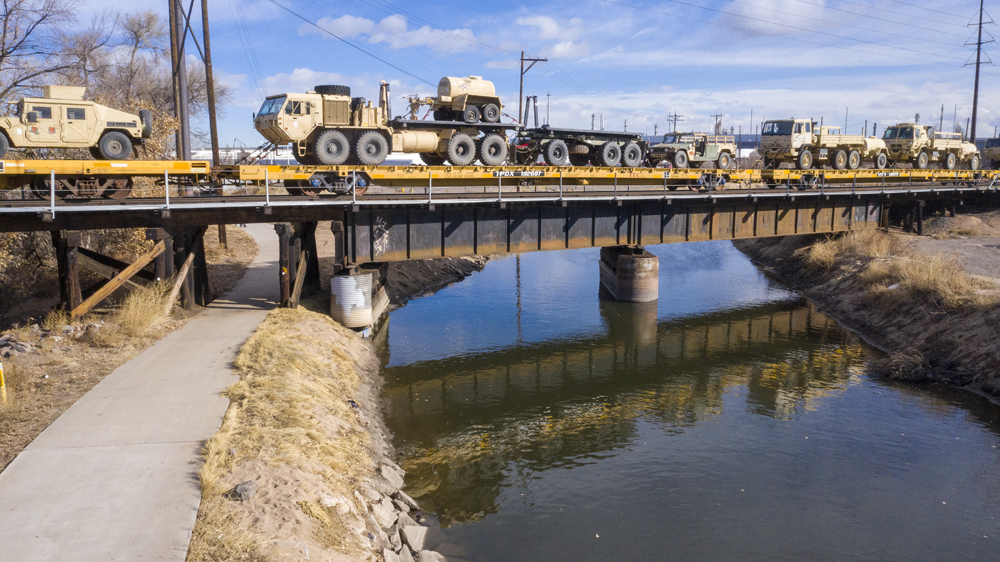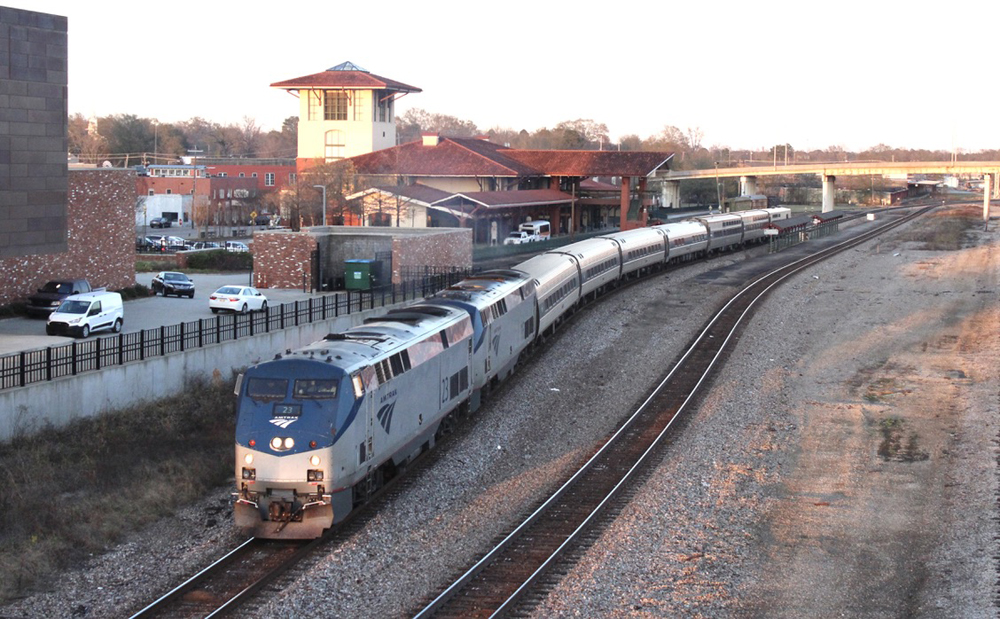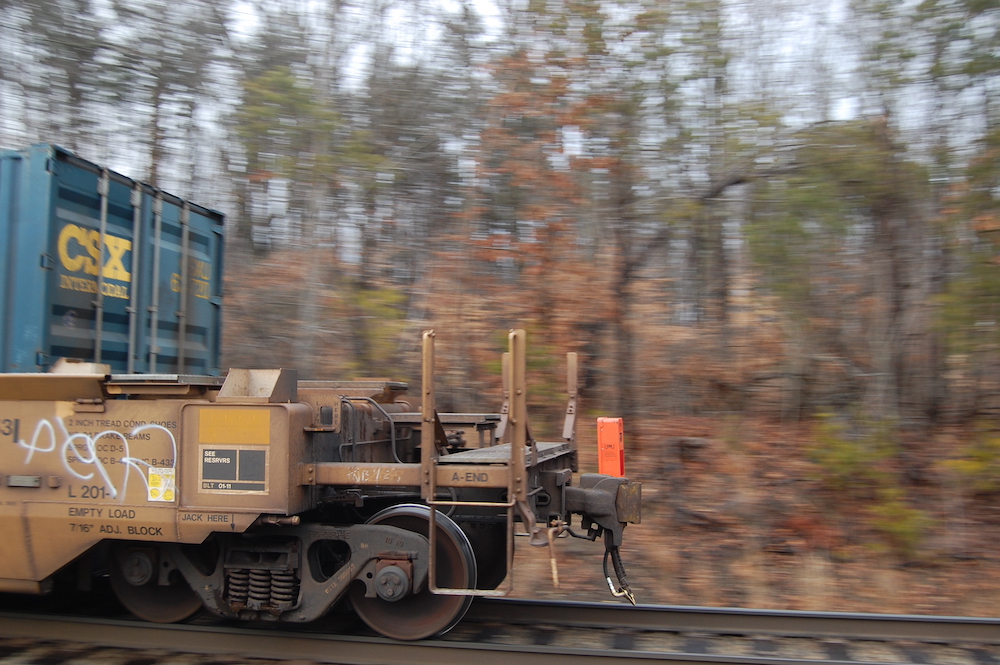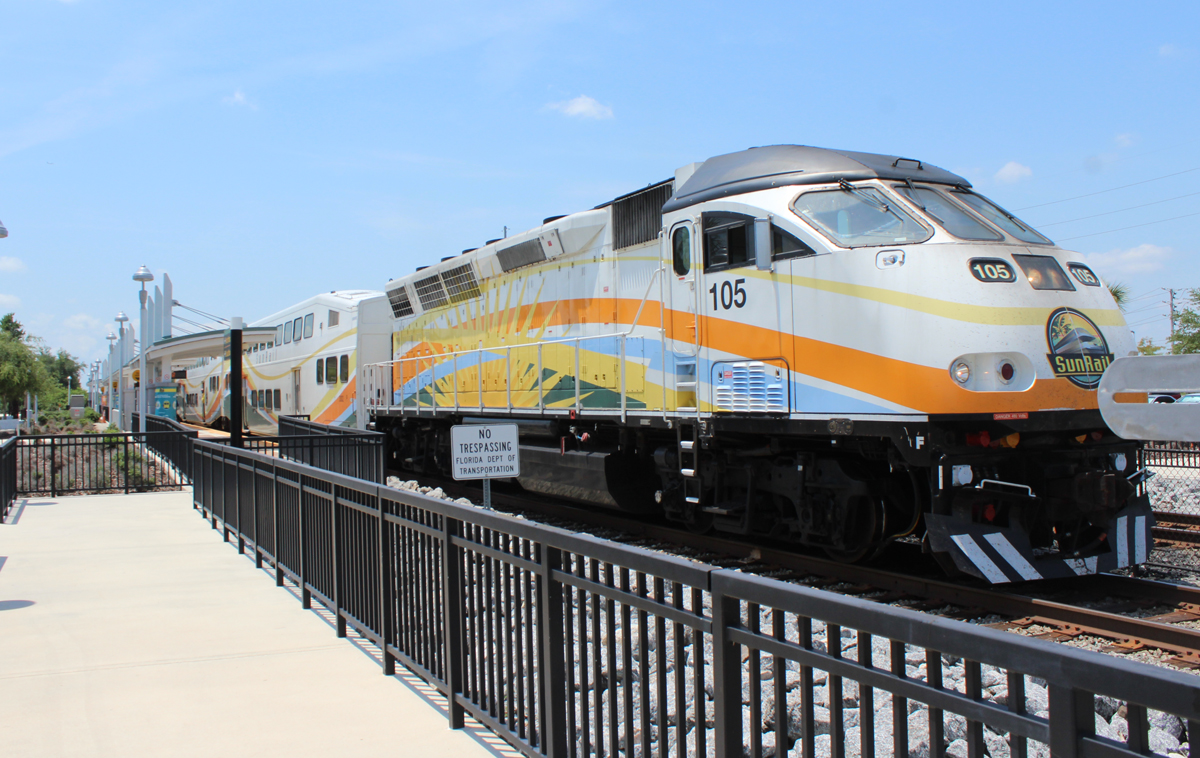
WASHINGTON — The U.S. Army needs to act to ensure it is able to move equipment by rail in case of a large-scale mobilization, the Government Accountability Office says in a report issued earlier this month, and also needs to address widespread track issues with Army-controlled rail lines.
A summary of the report is here, with the full report available here.
The report says the ability of the Army to move equipment by rail — which involves about two-thirds of the equipment needed when a unit is called into action — is in question following the 2015 reduction of its rail personnel by 70% to a single unit, the 180-person 757th Expeditionary Rail Force. This unit plans, assesses, and coordinates rail movements. While the Army once trained operating crews, it elected to end that training, relying on civilian crews for U.S. rail service and host-nation operators for overseas movements.
But as a stopgap, the unit continued to provide operating crews if needed, and demand for those services increased even as the number of available operators in the unit decreased. While the Army has assessed its equipment needs for a large-scale mobilization, the report says, it has not determined the number of crews it would need, or if the rail unit would be able to able to meet those needs.
Crew needs could be extensive with a mass mobilization. A 2020 simulation found deployment from a single fort for a large-scale deployment would require more than 2,200 railcars in three days, with more than 600 cars to move a single Armor Brigade Combat Team.
The Army also has 60 facilities where it is responsible for approximately 1,100 miles of track. The GAO report found that inspectors have found more than 550 miles of that track is closed to traffic due to defects, and some of this track has been closed for several years, despite Department of Defense standards that require it to be repaired as soon as practical. As examples, it cites track issues at Fort Campbell, Ky., where the last known track inspection had occurred in 2010, and a 2018 inspection at Fort Bragg, N.C., that found previously identified track issues and violations had not been addressed. The Army has also not fully implemented a program for quality assurance of rail repairs.
The GAO is making three recommendations to the Secretary of the Army:
— Determine the number of crews it needs for a large-scale mobilization and compare that to its existing capabilities to meet demand.
— Determine the risks associated with the number of crews required for such a mobilization, and take action to mitigate those risks.
— Implement a quality-assurance program for Army rail lines, addressing inspection, waivers for track use, repairs, prioritization of rail improvements, and reporting of updated track conditions.














Quick story from my military time about how little people know of trains.
I worked at an Army Hospital, adjacent a busy spur line. The spur sees several movements a day, including, at that time, refined fuel (fuel trains still run today, albeit in a different governing structure). Anyway, there was some brass visiting the hospital, reviewing contingency plans, and someone reportedly asked an officer or NCO in the hospital about the railroad. That officer/NCO reportedly replied that not much moved on the tracks; the next moment, a long train filled with fuel rolled by!
I guess the visitors could have asked me; I was fully aware of all the train movements, and enjoyed my office that had a view of the tracks!
Recommend reading “2034”. Cyber attack will take out C&C so that all transportation will be at a standstill. Equipment will be on flatcars unable to go anywhere even if the physical plant could handle it,
It’s the whole of the DoD. Shaw AFB shipped in its jet fuel by rail until about 3 years ago, converting to trucks. So, it went from an operation that could be run by 5 people to one requiring no less than 4 times that many, has led to a massive fuel spill on a local road when a truck overturned, theft of fuel by one of the operators to the tune of some 10,000 gallons (about a tank car full). Stupidity.
We do not have adequate airlift capacity to move a modern mechanized Army overseas, completely. So we must have sealift capability as well. The problem is how to get everything to our ports. I can only imagine the disruption a full mobilization will cause. And, which ocean will be involved? On a personal note, I am very displeased ( in polite terms) about the amount of war material left to our Enemies. This too speaks too our inability to move equipment and people out of harm’s way and the lack of foresight. Losing your weapon in training exercises brings all kinds of untoward attention. In war, it is even worse.
In addition to half the Army’s track being closed due to defects, I would suspect that much of what was once there is just gone, under various “Who needs trains anymore?” theories.
Just more of the same incompetence from an army that hasn’t won a war since 1945.
how about their “success” in the Afghan surrender?
I am pretty liberal but this is just not fair. In this case civilian leadership led to involvement in a war which went beyond initial aims to unwinnable goals, then unwillingness to take a political loss by multiple administrations and then a rash promise to get out which was honored sloppily by the next administration in order to not frighten a corrupt “puppet government” which let down it people and us anyway. Indeed the military was advising that it get people out earlier from what I have read.
Perhaps you do not understand that the military takes its orders from the Commander in Chief (your President). And he gets is orders from the party he serves. Why haven’t we won any wars since WW2? Because politicians have been running our military for years and are only interested in the next election. Bottom line: they are more interested in serving their party, not the American people.
Well we don’t have to worry about any mass mobilization under this administration so they should have plenty of time to get any problems resolved.
Too much DOD taxpayer money being diverted for golf courses, parties & high priced hookers for the brass.
Care to share where you get your information from.
I wonder if the 2020 simulation considered the ability of the nation’s Class 1 railroads to quickly respond to a mass mobilization? Having adequate resources in place to quickly respond to unforeseen variability in demand would likely be a problem for the railroads too; especially given the lean psr operating model.